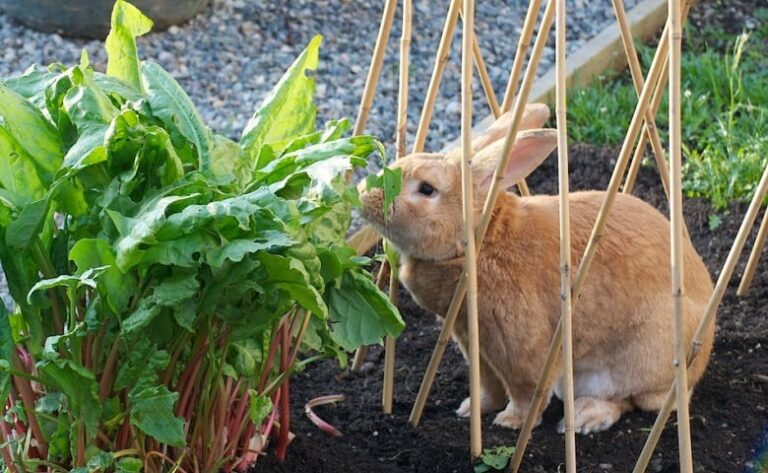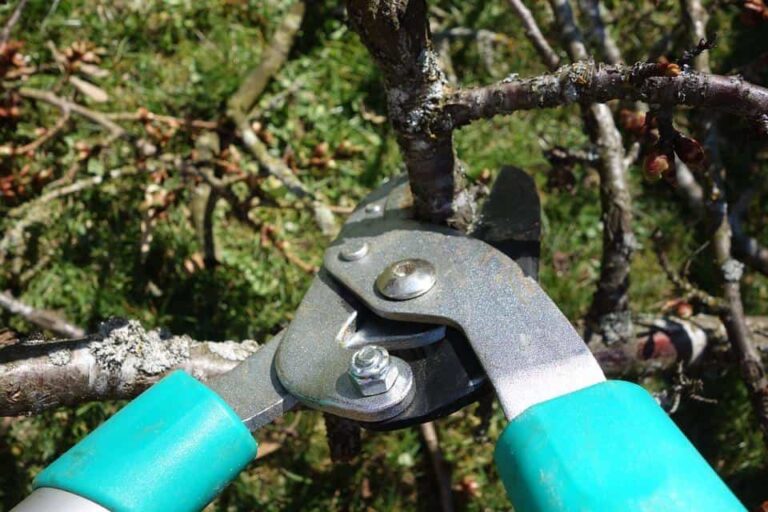Best Edging Tools ([year]) – To Tidy Up Your Garden
Our recommendation for the best edging tool is the Radius Garden Ergonomic Carbon Steel Edger. As the name implies, an edging tool helps you establish discrete borders in your garden to keep aggressive and fast-growing plants in check. Read on to learn about our recommendations as well as advice for using an edging tool in your garden.
Our Top 4 Picks for the Best Edging Tools
[wptb id="8384" not found ]Edging in Your Garden
Edging in your garden serves both aesthetic and practical purposes. When given a chance, plants will keep growing and encroach on their borders even if they include other established ones. You might notice this happening along your walkways where the grass is spreading onto the path. Plants may appear in cracks too.
Unwanted plants may also creep into your flower beds or in other areas of your garden. Aggressive and invasive plants can quickly take over a garden. Once established, they can be hard to control and wreak havoc on your landscaping. Fortunately, it’s easy to establish order in your garden once again with an edging tool.
What Is an Edging Tool?
An edging tool is similar to a spade in that it has a flat blade that is sharp all around. Rather than rectangular, an edging tool is half-moon shaped. It is also much lighter than a spade. Some models have a point on the blade which is a welcome feature with heavier soils or thicker mats of grass. These features make it an excellent choice for smaller jobs and in areas where the grass or soil isn’t too tough to cut.
An edging tool is typically has a handle about three to four feet long. The blade usually isn’t very long either at about six inches. Unlike a spade, its purpose is to cut the visible portion of plants rather than digging down to remove roots. But like a spade, a sharp edge is important to get the job done efficiently.
Using an Edging Tool
An edging tool is an excellent choice for trimming grass that is starting to creep across sidewalks and walkways. Its small size can quickly clear borders of grass while not disturbing other plants or stone paths. You can use it wherever plants have started to invade other spaces such as patios and driveways.
You can also get creative with an edging tool and create defined borders between flower beds and your lawn. An edging tool can make clean cuts around established plants to create a sense of order. Or if you prefer, you can use it to create a space for strip edging. You’ll find that it makes this task go a lot quicker and less frustrating with an open slant in the ground to keep it in place.
In this video, eHowGarden shows how to use an edging tool as well as providing some tips for cleaning it.
Choosing an Edging Tool
There are several things to consider when choosing an edging tool, starting with its length. If you don’t want to do a lot of bending over, a long-handled model might be more suitable. Speaking of comfort, the grips of an edging tool can be a deal breaker. As with other hand tools, hand strain and blisters can make a simple task a painful experience. You may want to opt for an edging tool with a more comfortable hand feel.
While it’s not a heavy tool, it should feel durable and sturdy. The blade may be your biggest consideration. Stainless steel blades offer a good cutting surface that will keep an edge. Another thing to think about is its width. The blade of an edging tool will vary between 7 to 10 inches. While a wider blade might mean quicker work, it may be difficult to maneuver in tight spaces.
To make edging easier, look for a model with a foot plate or footrest on the top of the blade for added leverage. You can use an edging tool just like a spade or shovel. Simply place your foot on the plate and step into the cut. You’ll reduce back strain with the added force behind your edging.
Routine Maintenance
The routine maintenance for an edging tool is like other garden tools. You should clean it promptly after each use. And to keep it looking and functioning great, always store your edging too after drying to prevent rust. Like other metal tools, a bit of oil on the blade will offer extra protection against the elements.
And since its job is to cut, a regularly-sharpened blade will make your work easier. You can use a file to keep the blade sharp, so it’ll cut clearer and quicker through grass and other vegetation. Since grass tends to form dense mats, a sharp blade is imperative.
Our Recommendation: Radius Ergonomic Carbon Steel Edger
Using an edging tool allows you to make quick work of cleaning up borders along walkways and paths. You can use it keep flower beds tidy and free from encroaching plants. It’s a good alternative when a spade is too heavy or too big for a space.
The Radius Garden Ergonomic Carbon Steel Edger has a 7.5 inch blade that will handle most jobs. Its ergonomic design and O-shaped grip makes it easier to use while reducing hand and wrist strain. The footrest on the top of the blade will give you some added power to get through tough spots.
An edging tool is the right tool for smaller jobs where the grass and soil aren’t too tough to cut. You can easily clear along a path or trim around your patio for a quick makeover with dramatic results. With some fast passes with an edger, you can cut back on unwanted plants that blur the borders between your landscaping.
Photo by evitaochel licensed under CC0





